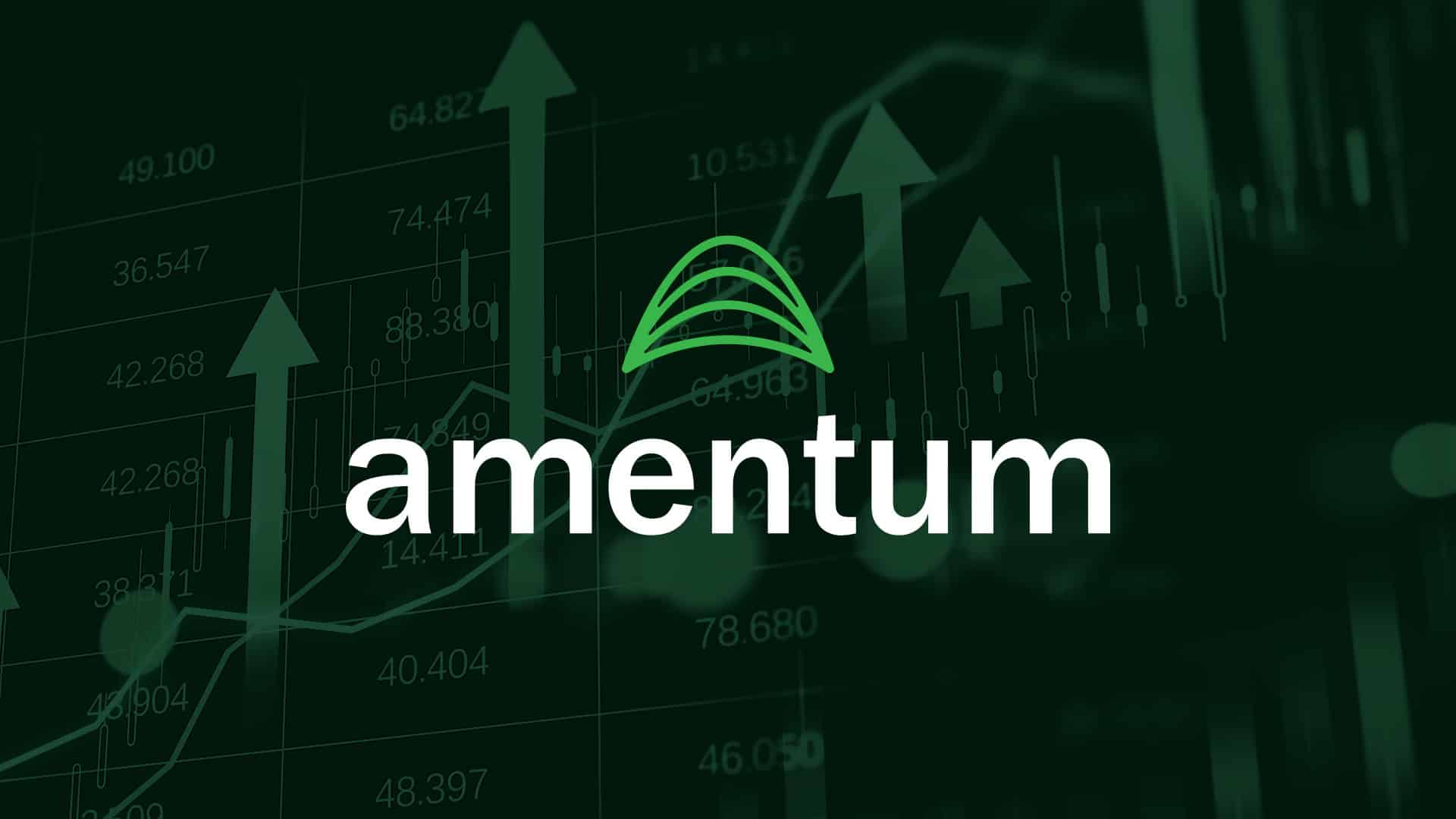Why the Future of Missile Defense Hinges on Data—Not Just Defense Systems

The future of missile defense isn’t just about interceptors and satellites—it’s about data. In SpaceNews, Mark Henrie, Vice President at Amentum, highlights a key challenge: as the Department of Defense advances the Golden Dome initiative—a globally connected missile defense architecture—success will hinge on software and systems integration, not just hardware.
The Data Imperative
Golden Dome’s effectiveness depends on how well data is collected, shared, and acted upon. Henrie explains, “It’s a system of systems,” requiring seamless coordination between satellites, ground stations, and command elements. Sensors in space are not enough—they must feed data into an agile, responsive network capable of instant decision-making.
Command and Control: The Competitive Edge
Next-generation missile defense requires a sophisticated, distributed command-and-control system—one that enables real-time, cross-platform responses to threats worldwide. Whether detected over the Pacific or Eastern Europe, the system must be ready to coordinate across domains, allies, and technologies.
This is where Amentum sees a critical role for innovation, not just in building hardware, but in shaping the software and ground systems that make this kind of integration possible.
Get the full story and Henrie’s insights: Golden Dome: It’s All About the Data

![shutterstock 2140652337 [Converted]](https://www.amentum.com/wp-content/uploads/shutterstock_2140652337-Converted-scaled.jpg)
